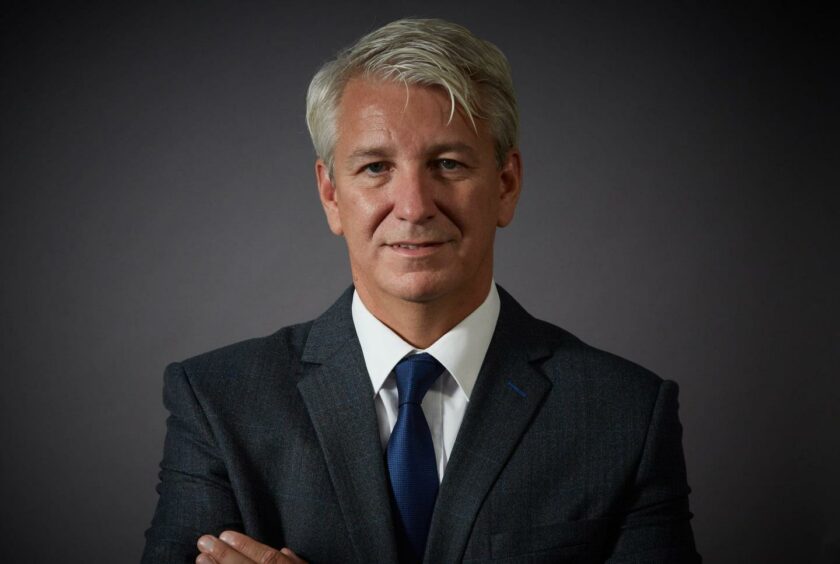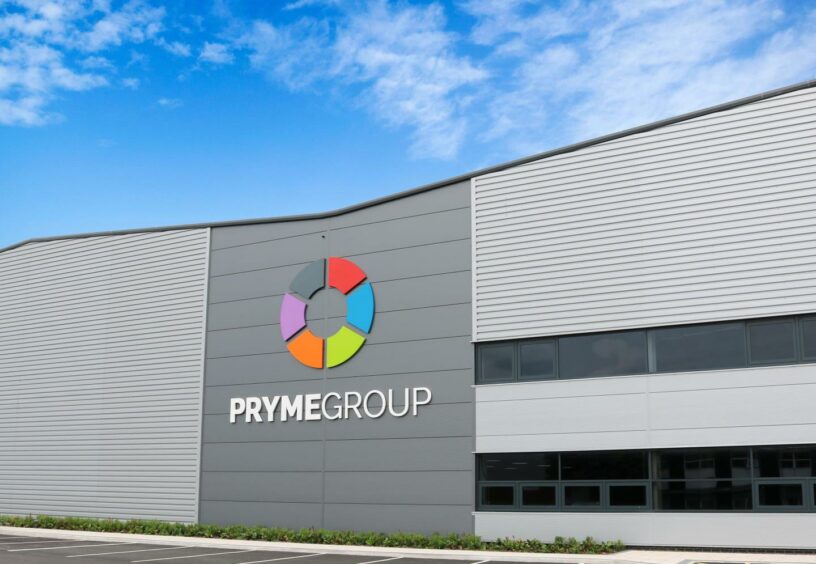
The offshore supply chain is crucial for the energy sector’s goal of achieving net zero, with commitment to a smooth energy transition and relevant opportunities from industry leaders vital to reach carbon neutrality, writes David Hutchinson, director with engineering and manufacturing specialist Pryme Group.
The accelerating global energy transition requires an integrated and collaborative approach by industry rather than a binary mindset.
The ideal result will see the expertise, experience and innovation inherent in different sectors – through cross-fertilisation, transferrable skills and quality of service – make a significant contribution to the low carbon journey.
Companies like Pryme Group, which encompasses Pryme Group Manufacturing, Caley Ocean Systems, IMES International, SengS and Hydratron, are committed to facilitating a range of solutions required to achieve a sustainable and climate-friendly energy future.
The opportunity is real to leverage existing knowledge, competencies and experiences gained through years in traditional energy sectors into solutions enabling the growth of sustainable and renewable energy sources.
Change is the only constant
The immediate future of the energy sector is very much a case of all hands to the pumps.
According to McKinsey and Company’s Global Energy Perspective 2021[1], while ‘reference case’ demand for oil is expected to peak in 2029 and gas in 2037, both will continue to play ‘a major role in the energy system by 2050’, driven by growth in areas such as chemicals and aviation.
Even in McKinsey’s accelerated transition scenario, and a much earlier peak in demand for oil, the requirement for fossil fuels will remain strong through 2050 – and even expand – driven largely by the global appetite for gas.
The ongoing growth of clean energy is even more dramatic. According to the International Energy Agency’s Net Zero by 2050[2] report, annual renewable energy installations need to hit 1,080GW by 2030 to meet the mid-century goal. The build-rate is four times the record level set in 2020.

Technological innovation then takes centre stage, according to the IEA report, with almost half of CO2 reductions after 2030 expected to come from initiatives that are currently only at demonstration or prototype phase.
Navigating this landscape – ongoing demand for traditional sectors, increasing appetite for proven low carbon solutions, the imperative of accelerating technological innovation – is the challenge facing every part of the established supply chain.
Adopting an integrated approach
In practice, an integrated approach to the energy transition is about having the ambition and drive to serve multiple sectors, underpinned by a straightforward commitment to the customer. This begins with consultation and cooperation, progress towards identified and tested solutions, and results in reliable delivery on time and on budget.
For a company like Pryme Group, this process is built on the ongoing specialisation of what we have always offered to the market: our abilities as an engineering, procurement, and construction (EPC) contractor, and management of the complex structures and solutions so essential to projects across a range of technologies. Investing time, infrastructure and funding into renewable energy projects is vital to Pryme Group’s current and future business plans. Close to 45% of Pryme Group’s year-to-date revenues are from renewable/low carbon emission markets. Nuclear projects now make up over 30% of its year-to-date revenue in the financial year 2022 (FY22) and offshore wind 13%. In parallel with adapting our capability to serve customers in these high growth markets, Pryme Group continues to provide solid and innovative support to customers in oil and gas, defence, aerospace and other key sectors.
In offshore wind, for example, Pryme Group business Caley Ocean Systems partnered with industry specialists to develop and deploy solutions designed to facilitate turbine foundation installation in difficult seabed and sea state conditions.
The bespoke concepts, targeted separately at monopiles and jacketed type foundations, are currently being deployed in European projects. These contracts build on our long experience with marine structures ranging from several tonnes to several hundred tonnes, and are an example of tailoring long-honed expertise to fresh challenges.
For the nuclear sector, meanwhile, Pryme Group’s expertise is being put to work designing and supplying bespoke solutions for the intake and outtake systems at a landmark newbuild project. Again, this is an example of building on proven engineering capabilities and experience built over many years across the most crucial of heavy industries.
And of course emerging technologies will by definition become increasingly important to the energy supply chain. The huge promise of floating wind will only be realised if we build on the solutions, in moorings for instance, often refined over many years in the oil and gas sector.
It does not stop there: the roll-out of hydrogen at scale depends on pipelines, compressors and renewable energy expertise, while the wave and tidal sector faces challenges common to more mature marine industries.
All of which will and must develop in parallel to ongoing commitments to the oil and gas sector, where the need for safe, dependable and proven expertise and experience will not vanish overnight. The energy transition is an ongoing process.
Eyes on the prize
In the wake of the COP26 climate conference, national governments around the world have shown a clear commitment to decarbonisation. Ambitions are built on renewable energy, emissions reductions, hydrogen, carbon capture and a range of other solutions.
But policymakers also recognise that security of supply is essential, which dictates an orderly progression from where we are today to where we want to be tomorrow. Companies such as Pryme Group are committed to supporting all parts of that equation in what is an accelerating trend across energy transition.
Operators, EPC contractors and installation specialists founded in the era of oil and gas are diversifying at pace into low carbon solutions. The supply chain is changing as part of that natural evolution, maintaining and enhancing relationships already formed – in new and existing markets – but also expanding into emerging business areas and forging exciting and innovative new partnerships.
To enable the desired fast pace of energy transition, traditional win-lose contracting relationships will have to be replaced by vastly more collegiate and collaborative models, based on encouraging the implementation and scaling of new technology as effectively as possible. These arrangements are a necessity for success and sustainability at both individual business level and across the future energy sector.
[1] https://www.mckinsey.com/industries/oil-and-gas/our-insights/global-energy-perspective-2021
[2] https://www.iea.org/reports/net-zero-by-2050
Recommended for you

